Erebidae
Leach, 1815
The Erebidae are the largest family of lepidoptera (also called Erebidae), with over 24,500 species spread throughout the world.
The wings have a great variety of geometries and colors, although the predominance is for the range between yellow, reddish and gray-brownish or dark brown.
The spirotromba is sometimes well developed (Erebinae) , sometimes reduced (Arctiinae) or even absent in the Lymantriinae , in which the adults do not feed.
Adults feed (except in the case of Lymantriinae ) on the nectar of a huge variety of flowers.
Caterpillars are usually polyphagous, and can cause serious damage to both crops and forestry.
The leaves of arboreal and shrub species are preferred, but some larvae also attack the stems of herbaceous plants, cutting them off near the base.
Some species of Arctiinae feed on lichens and epiphytic algae.
Many species pupate in the soil at the foot of the host plant. *
The chrysalis is stocky and hairy, particularly in the Lymantriinae where often the residual silk of the caterpillar are stinging;
it is usually equipped with a cremaster of uncinate setae, which however in the Arctiinae is reduced or completely absent.
*Carter, David, Farfalle e falene - Guida fotografica a oltre 500 specie di farfalle e falene di tutto il mondo (Eyewitness Handbook of Butterflies and Moths),
Fabbri Editori, 1993, pp. 304 pp., ISBN 88-450-4452-1.

 EN
EN ITA
ITA

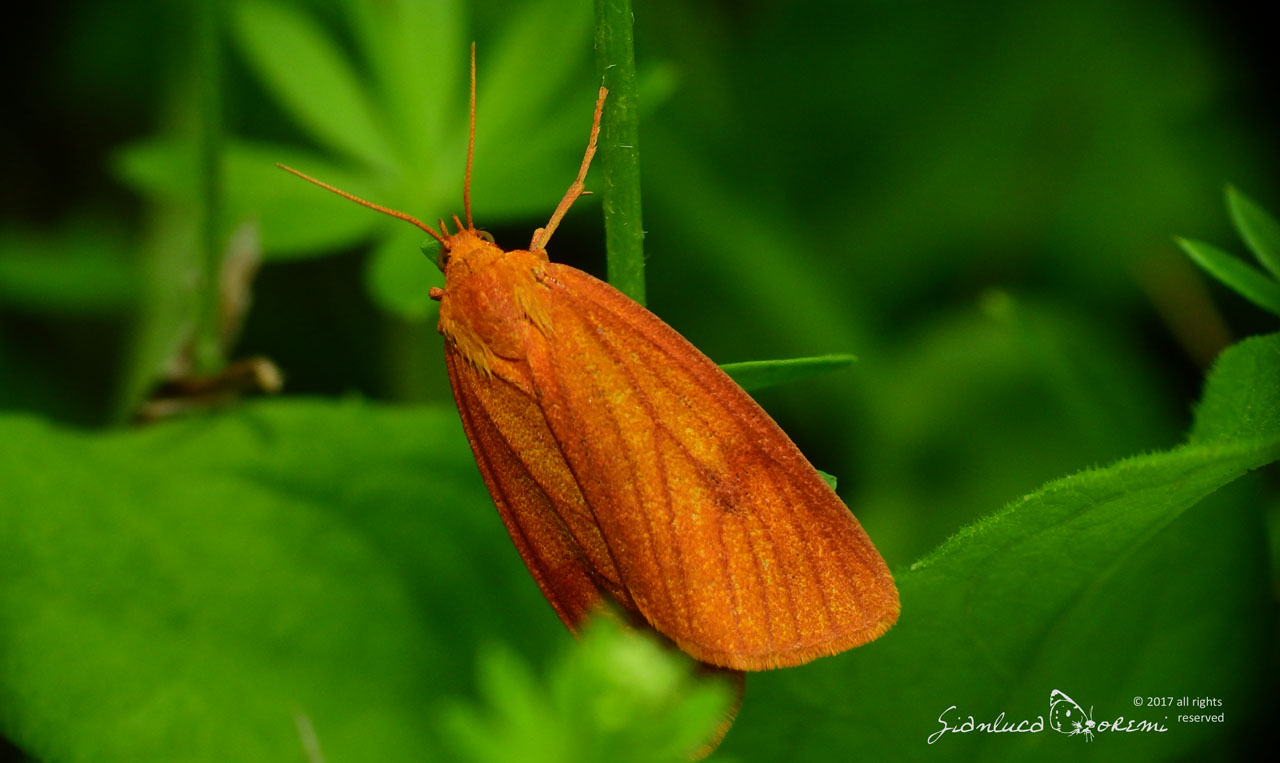
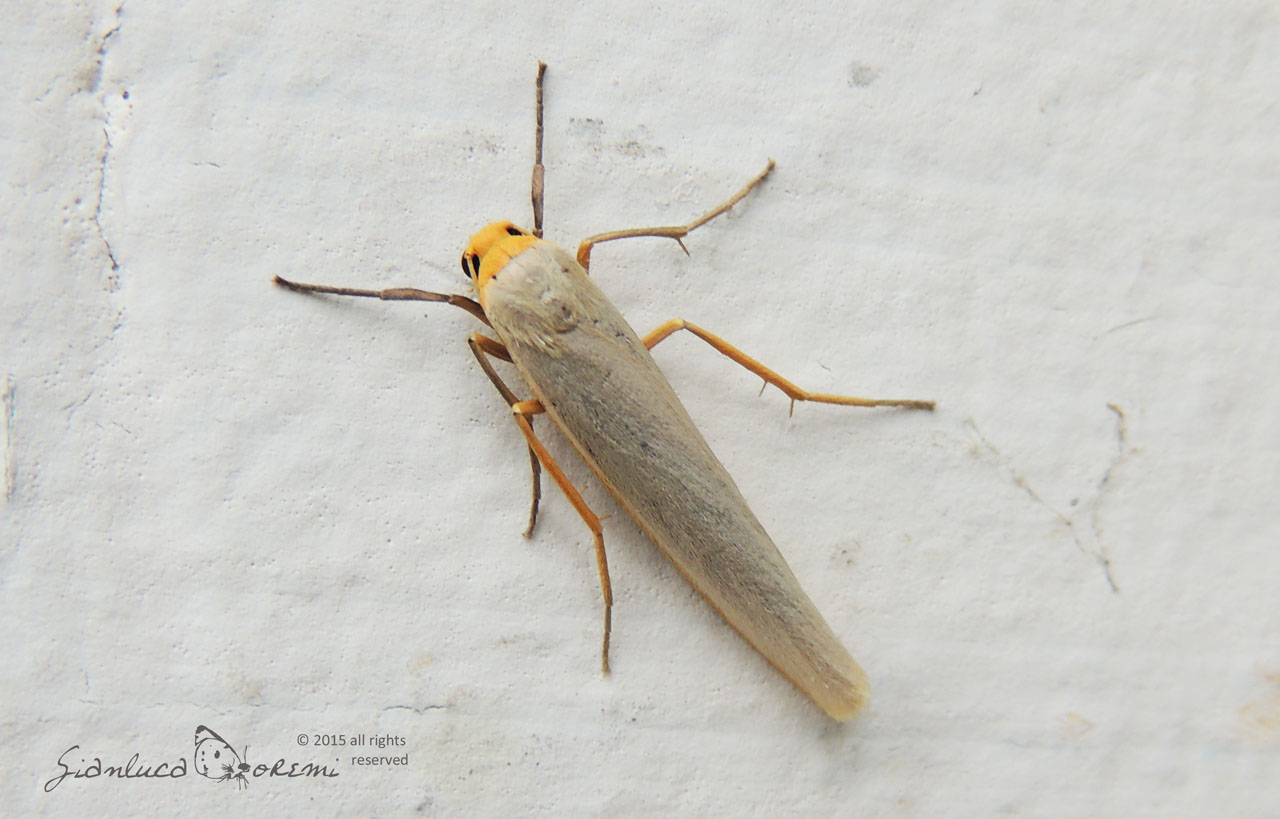

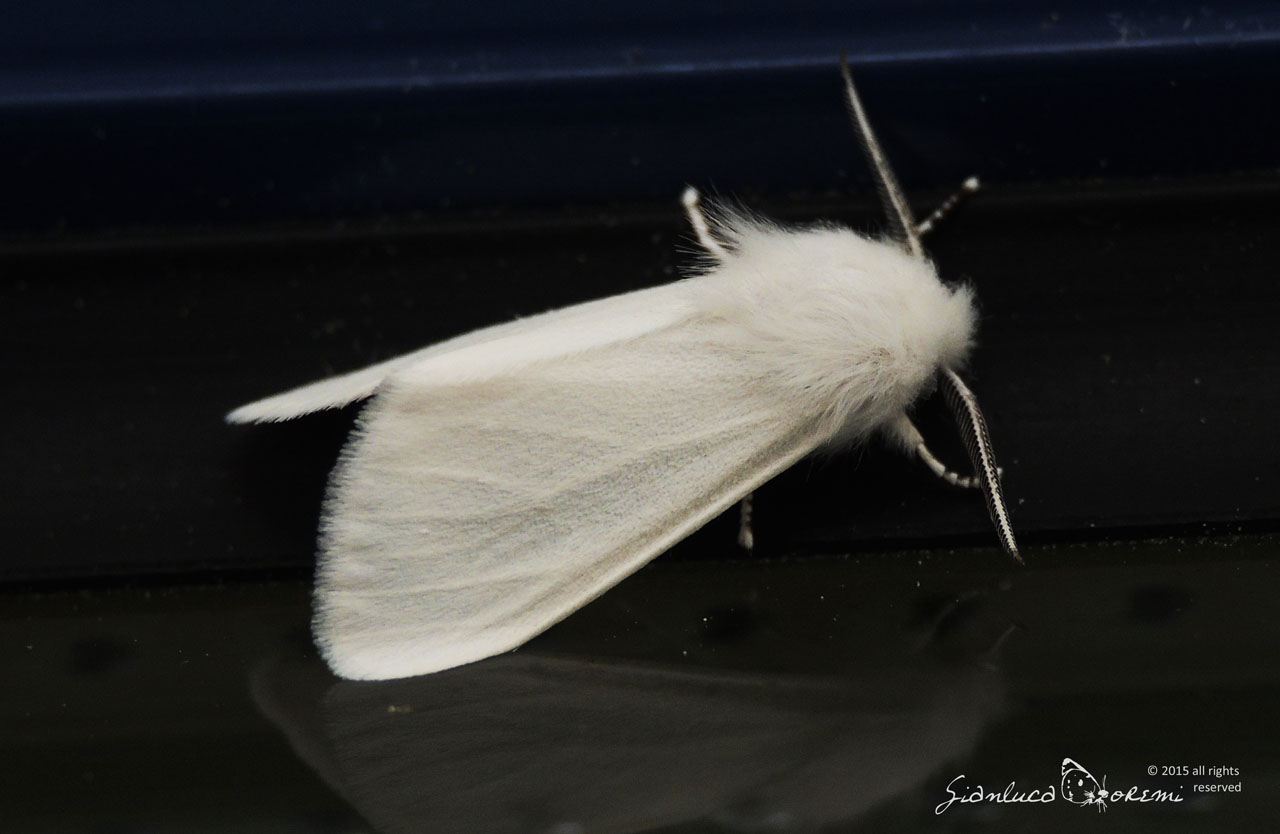
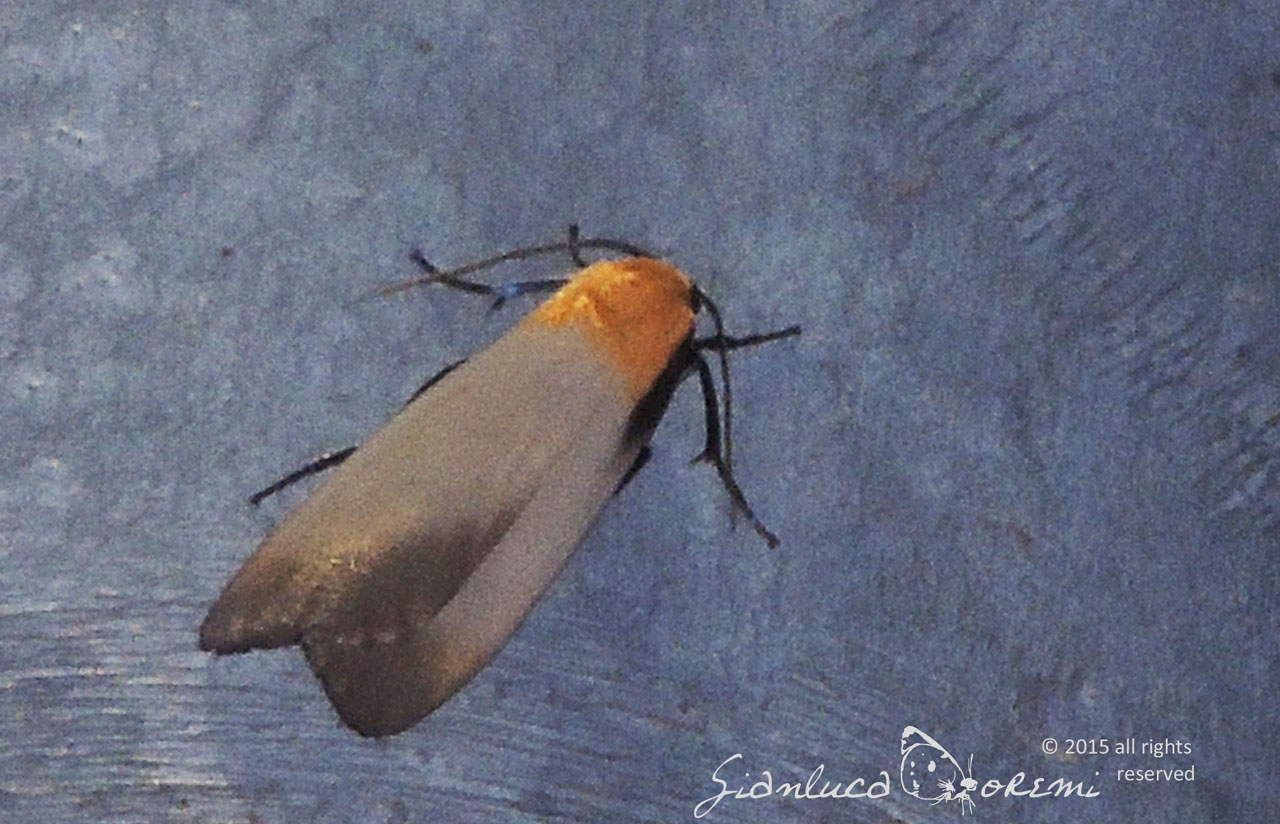
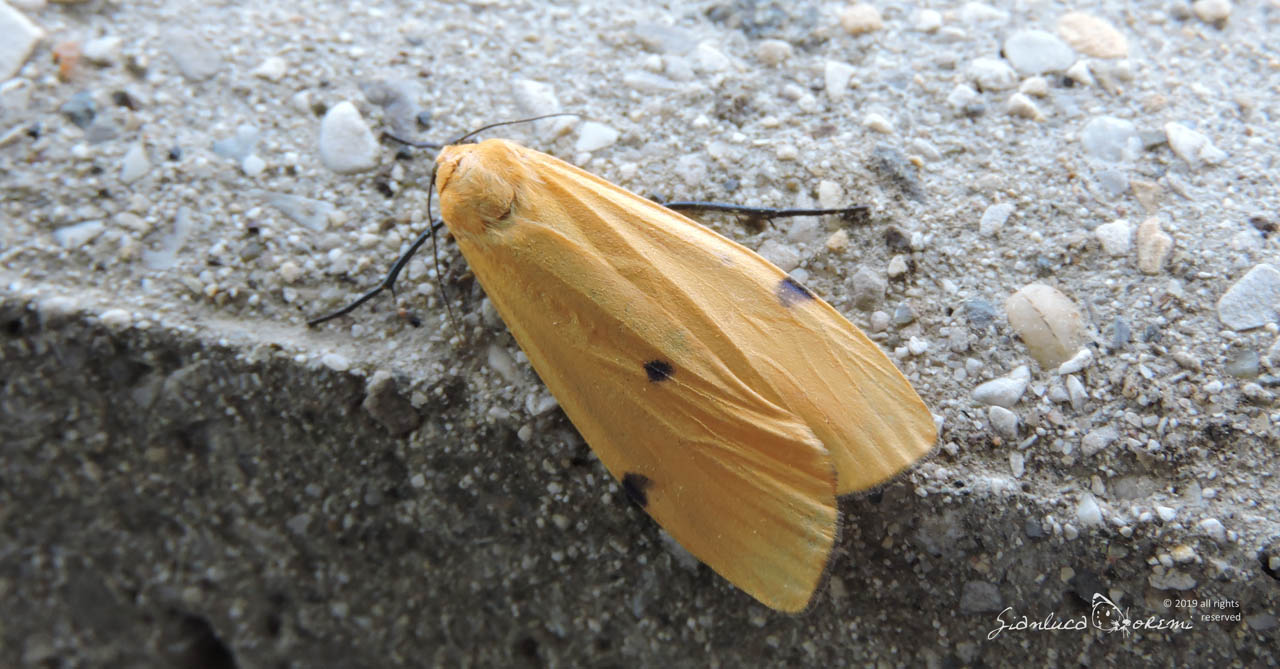

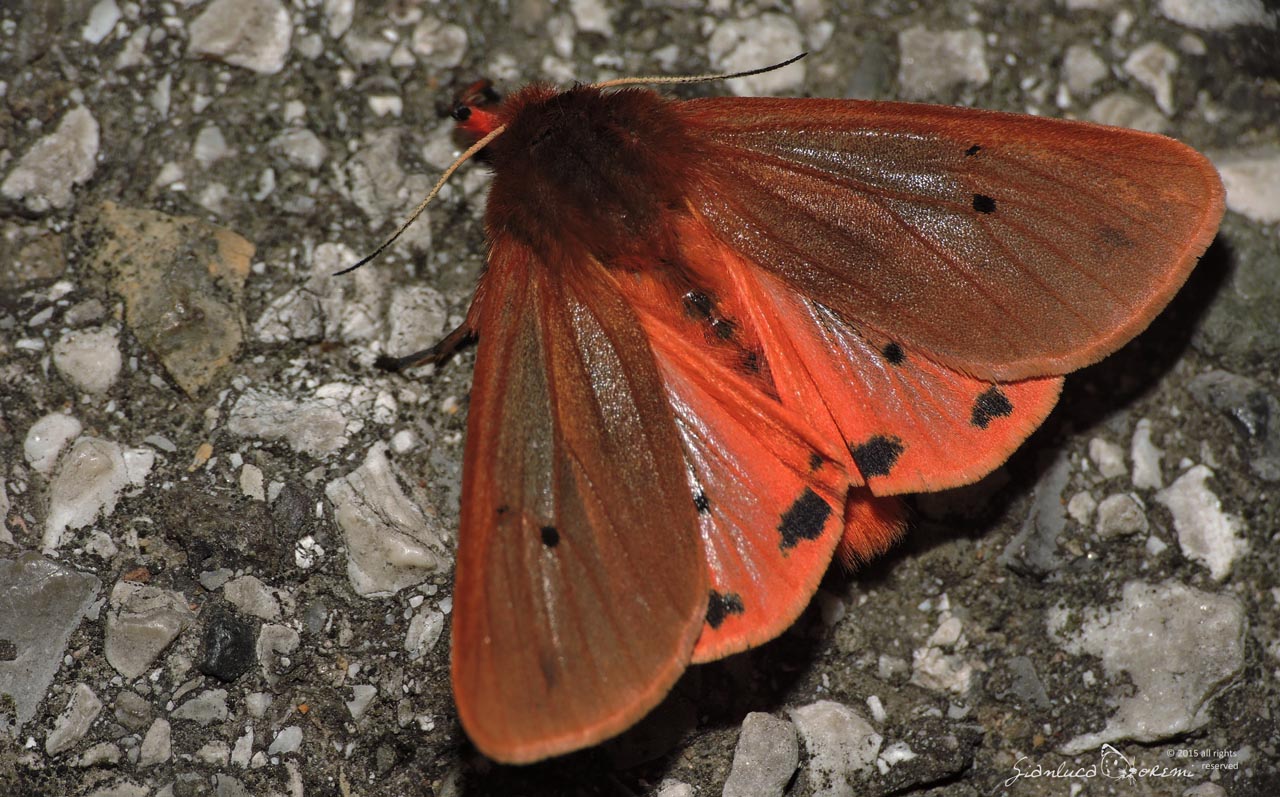
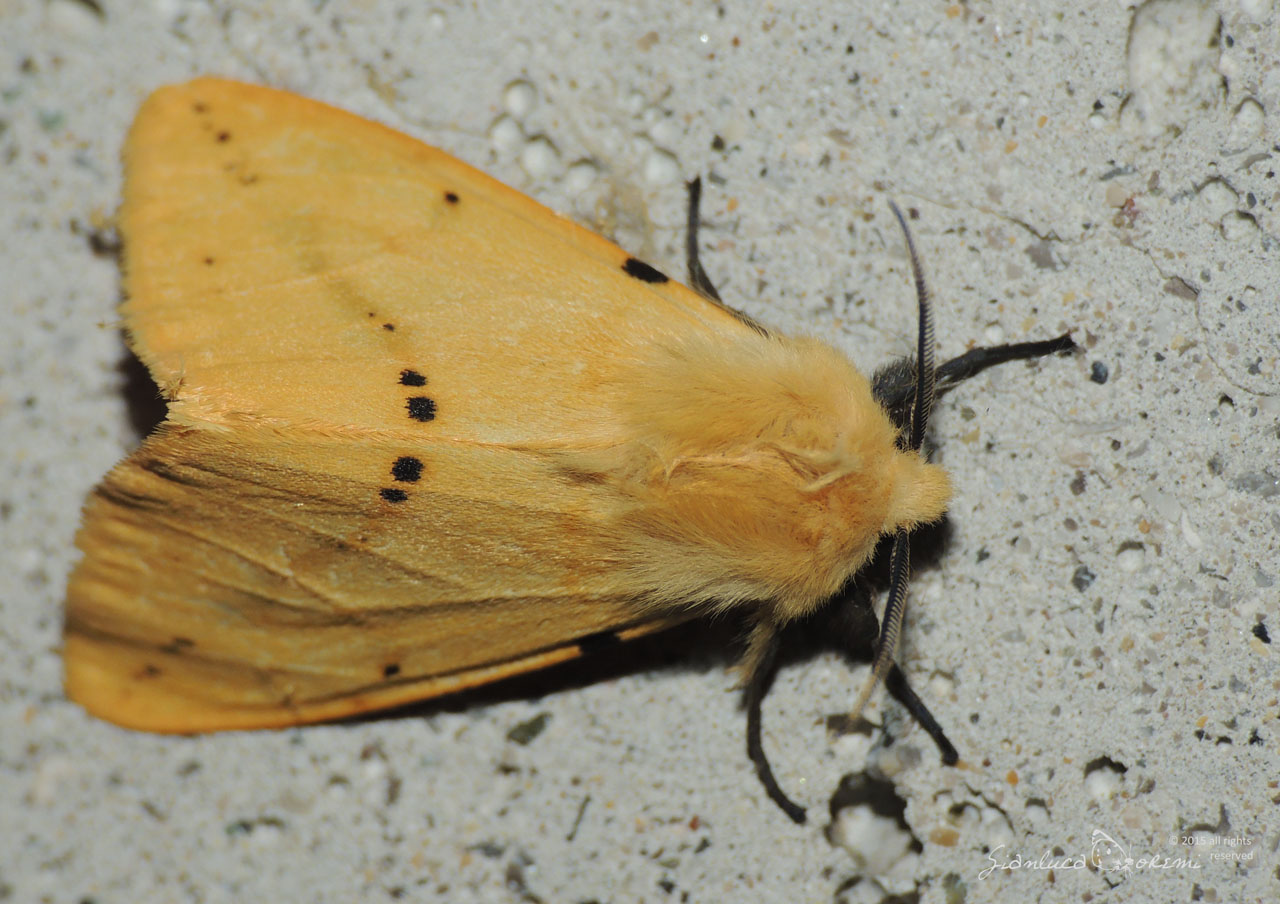
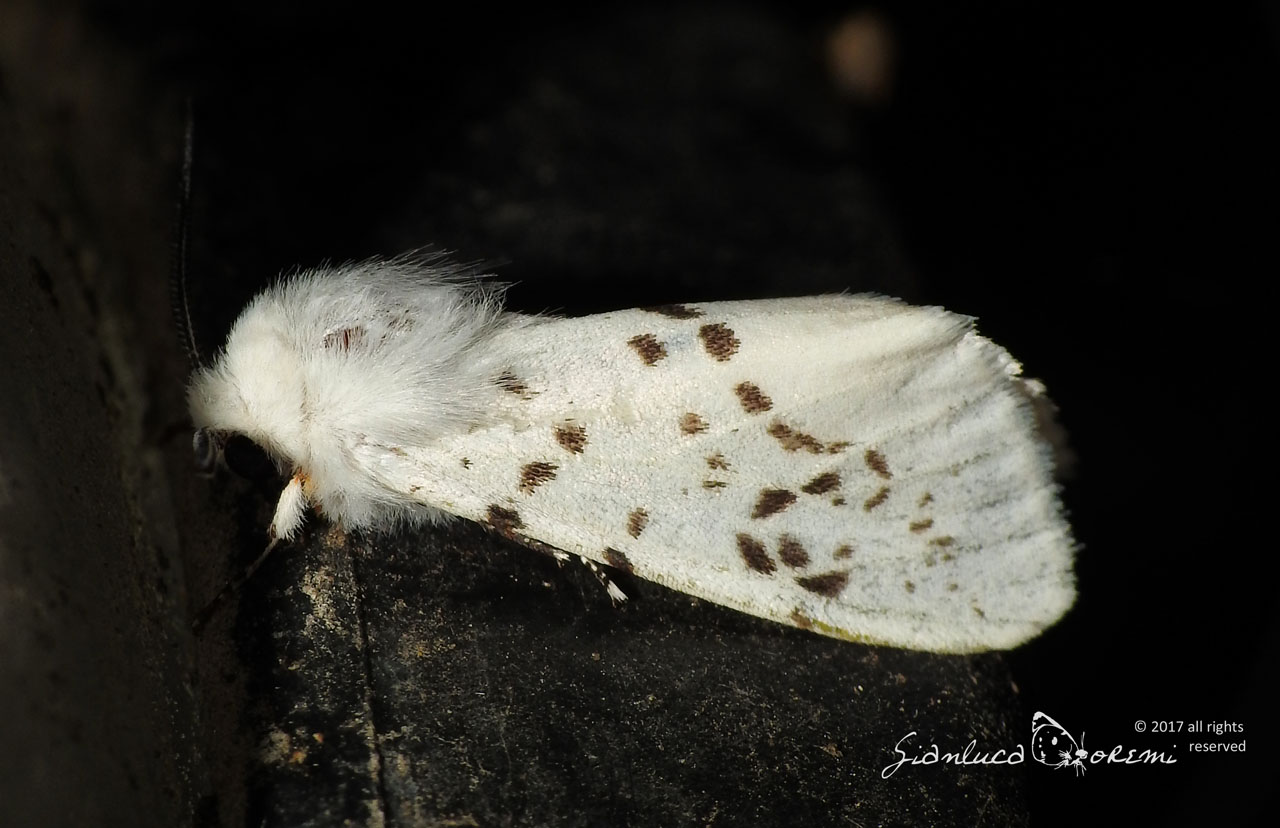

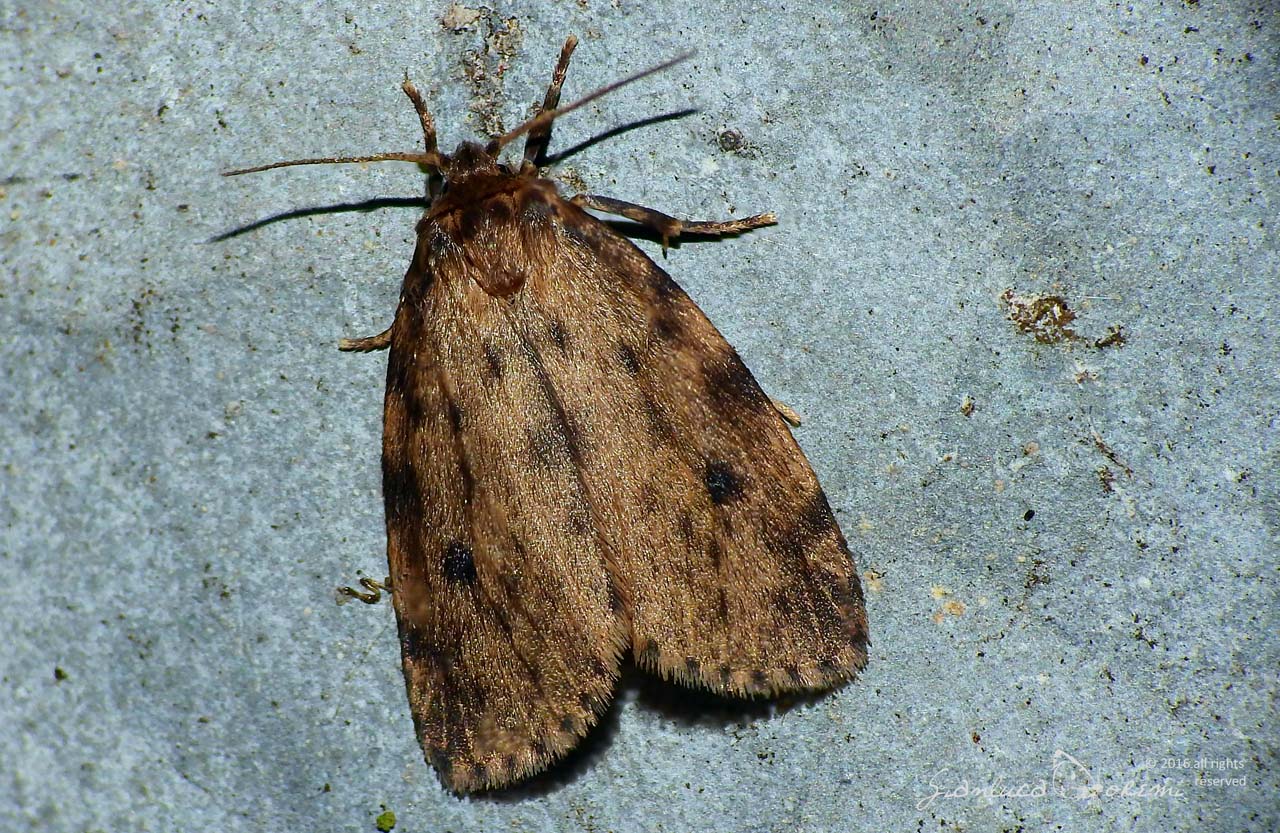
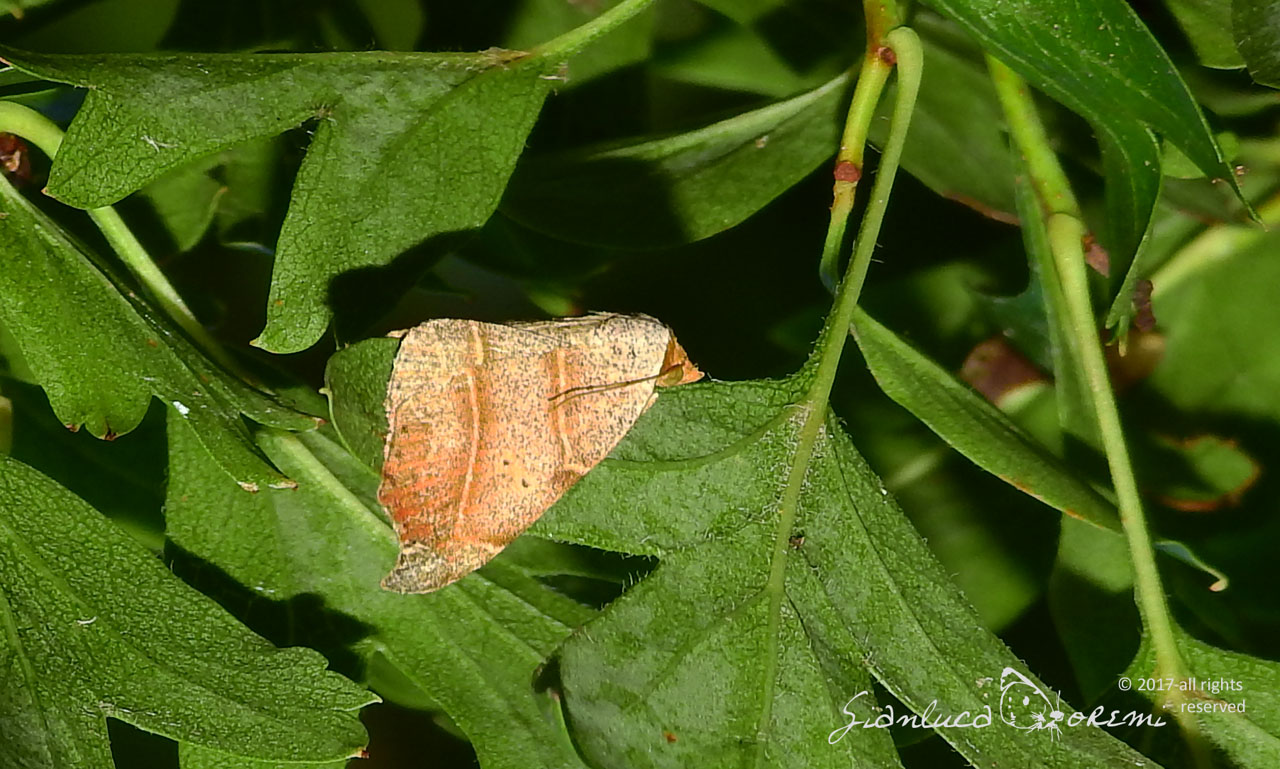


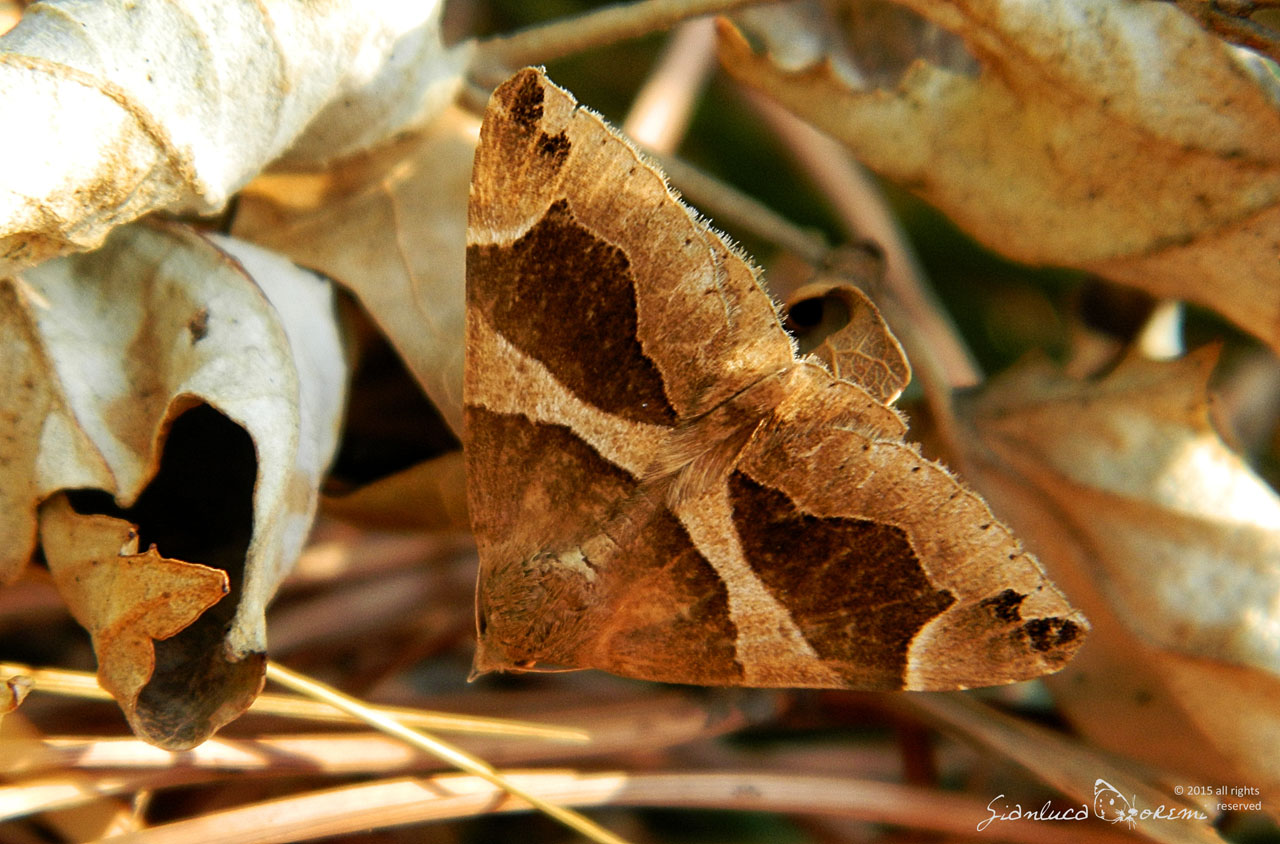
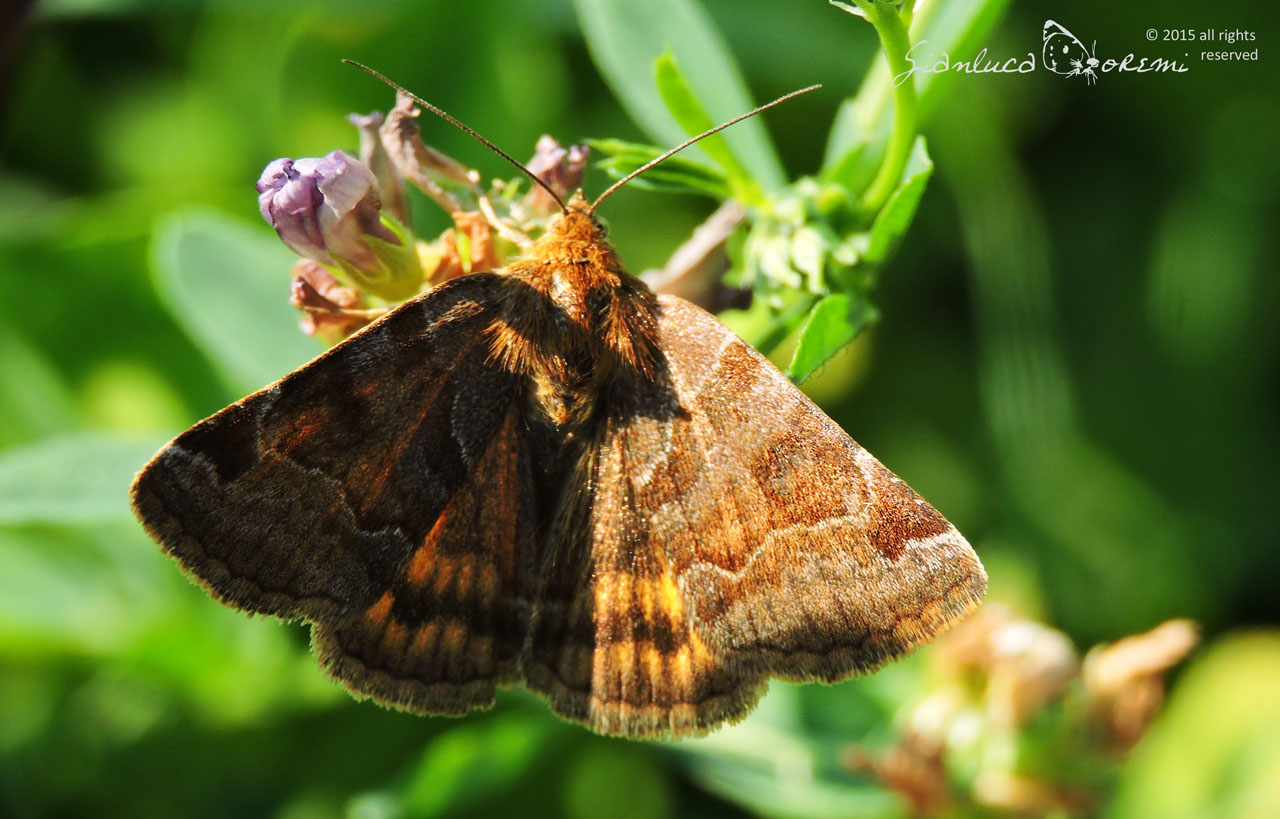
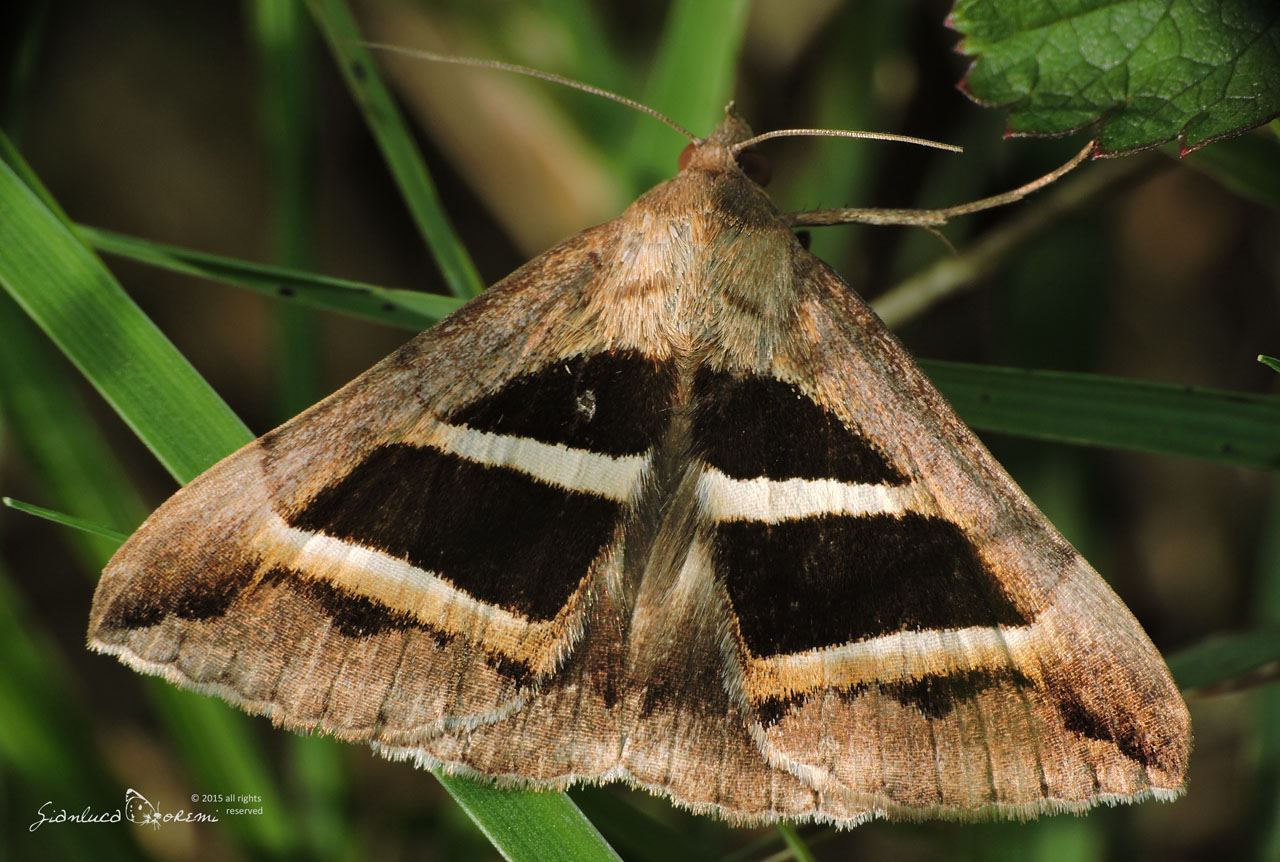
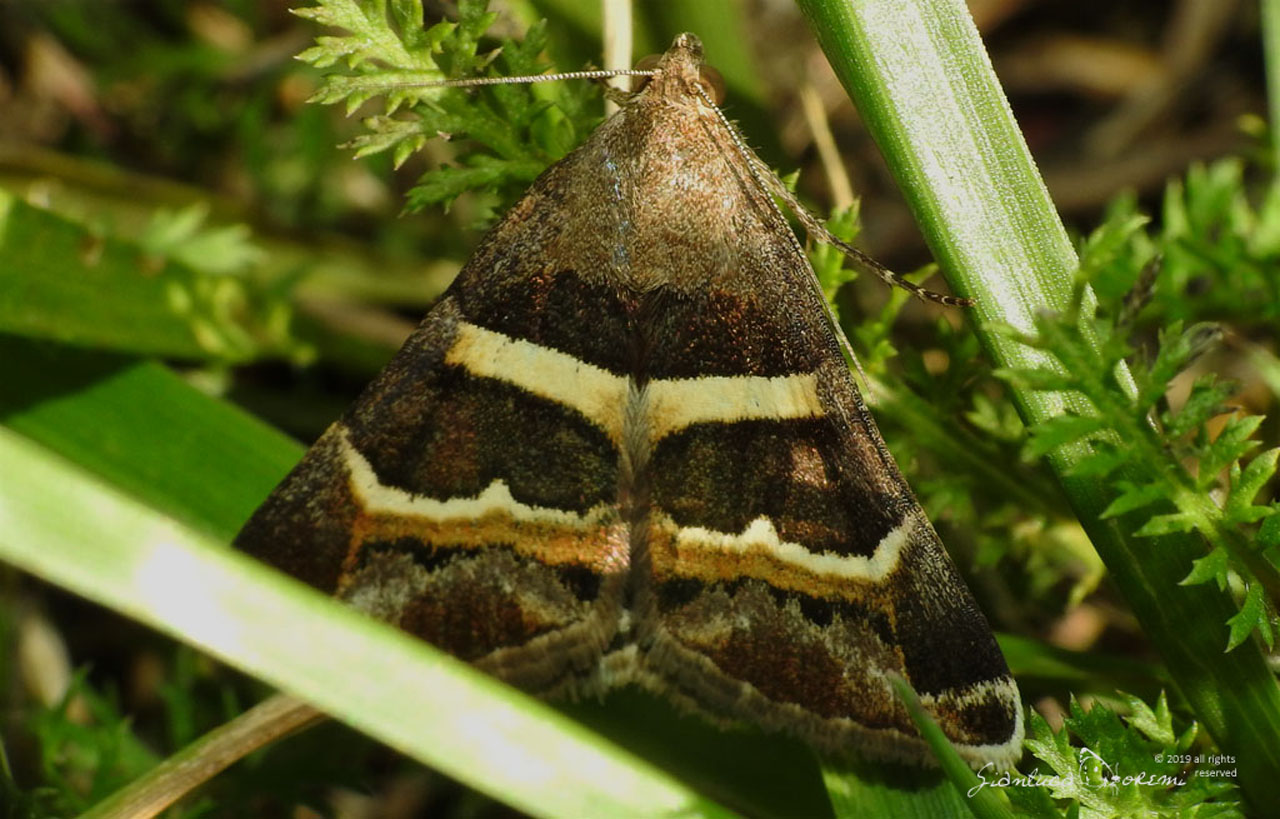
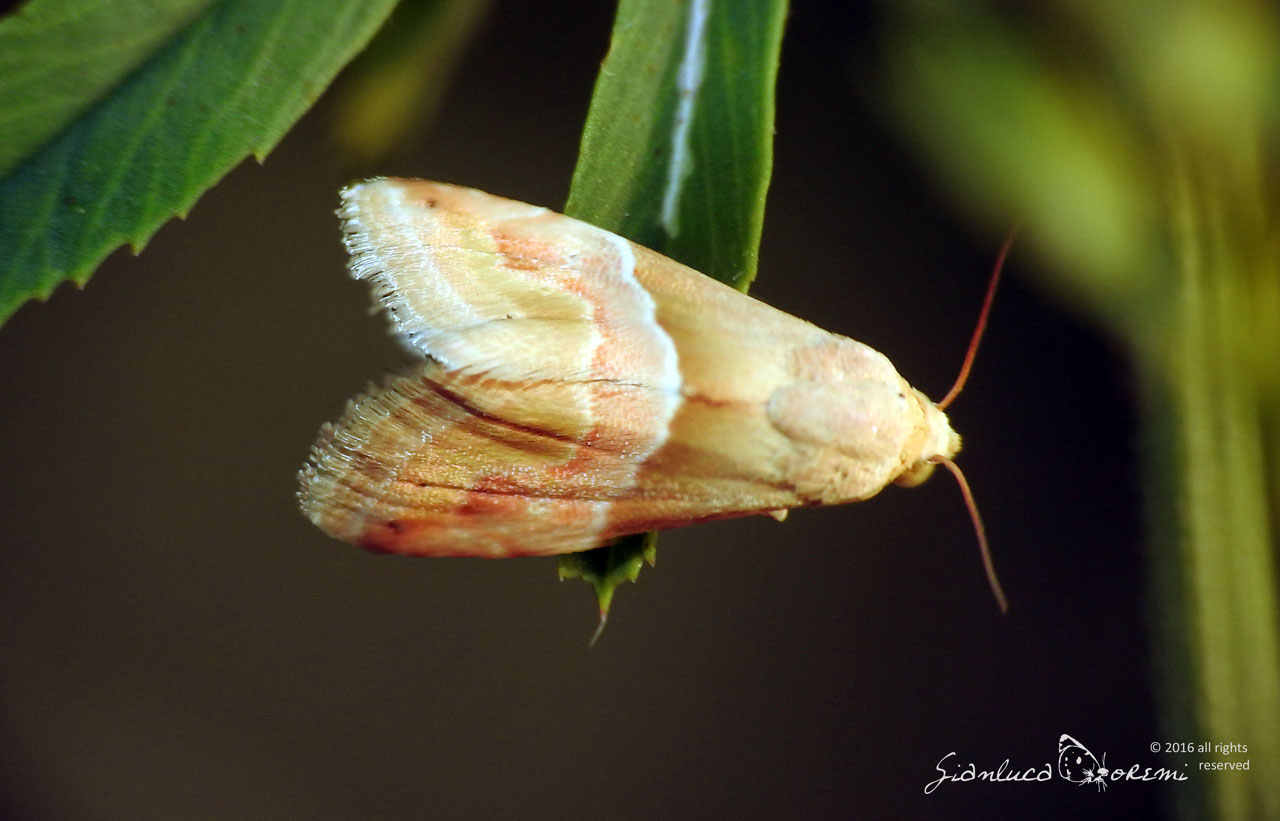
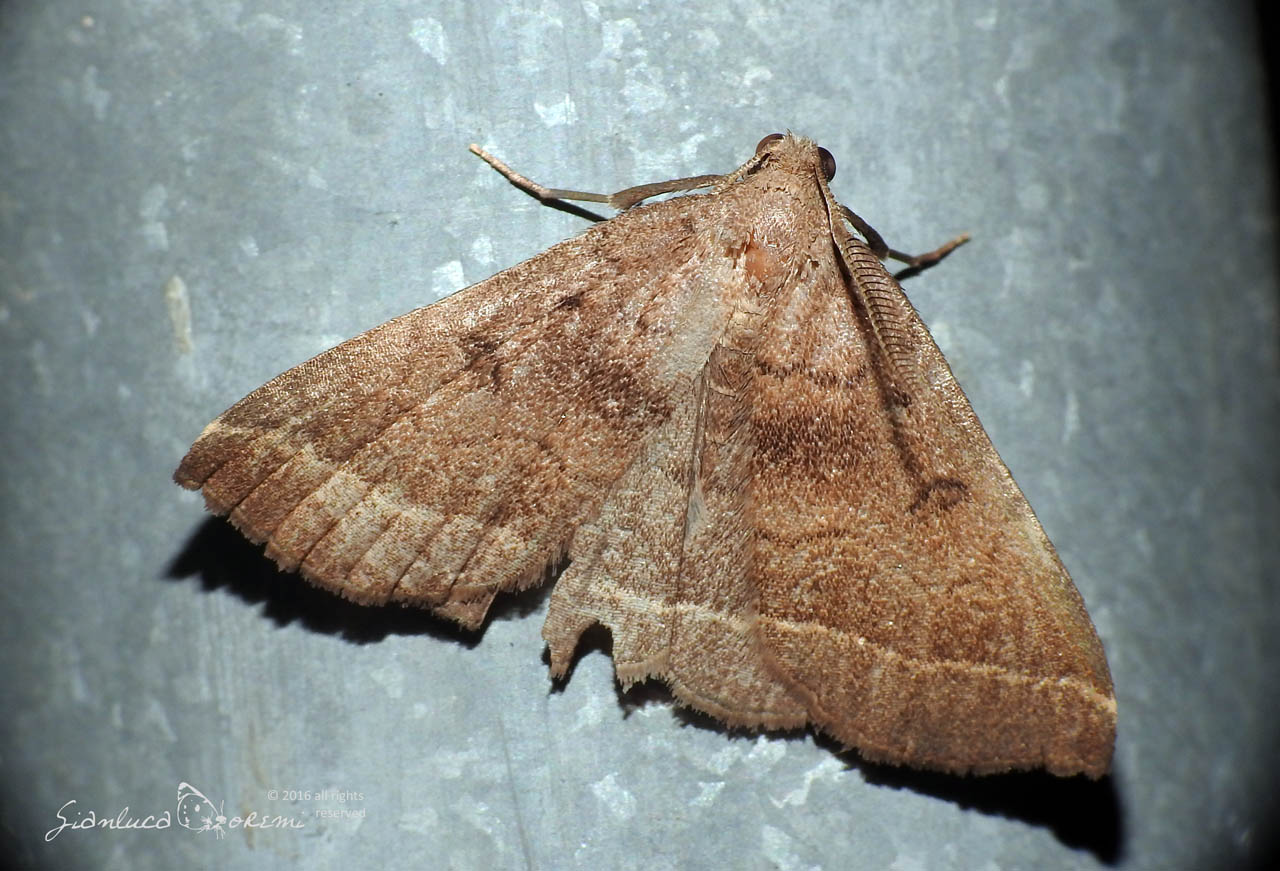
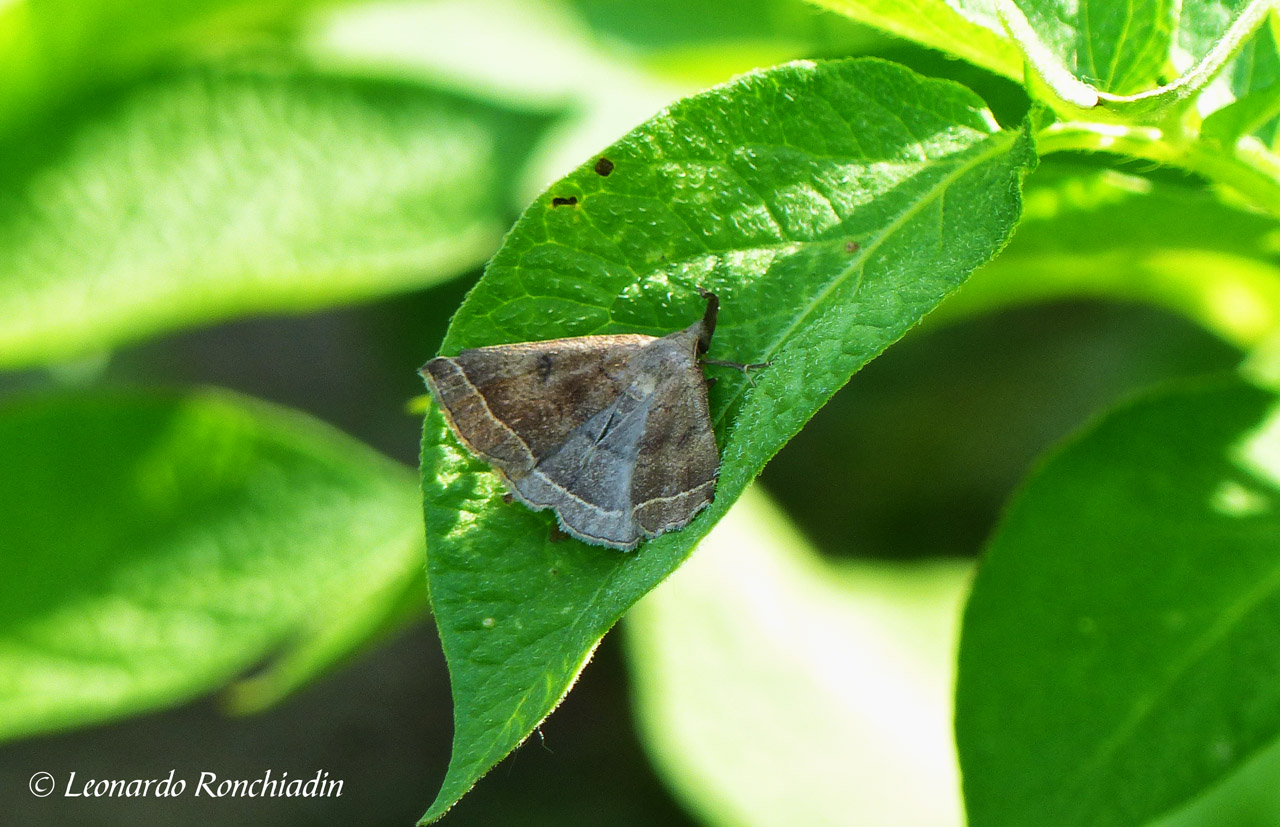
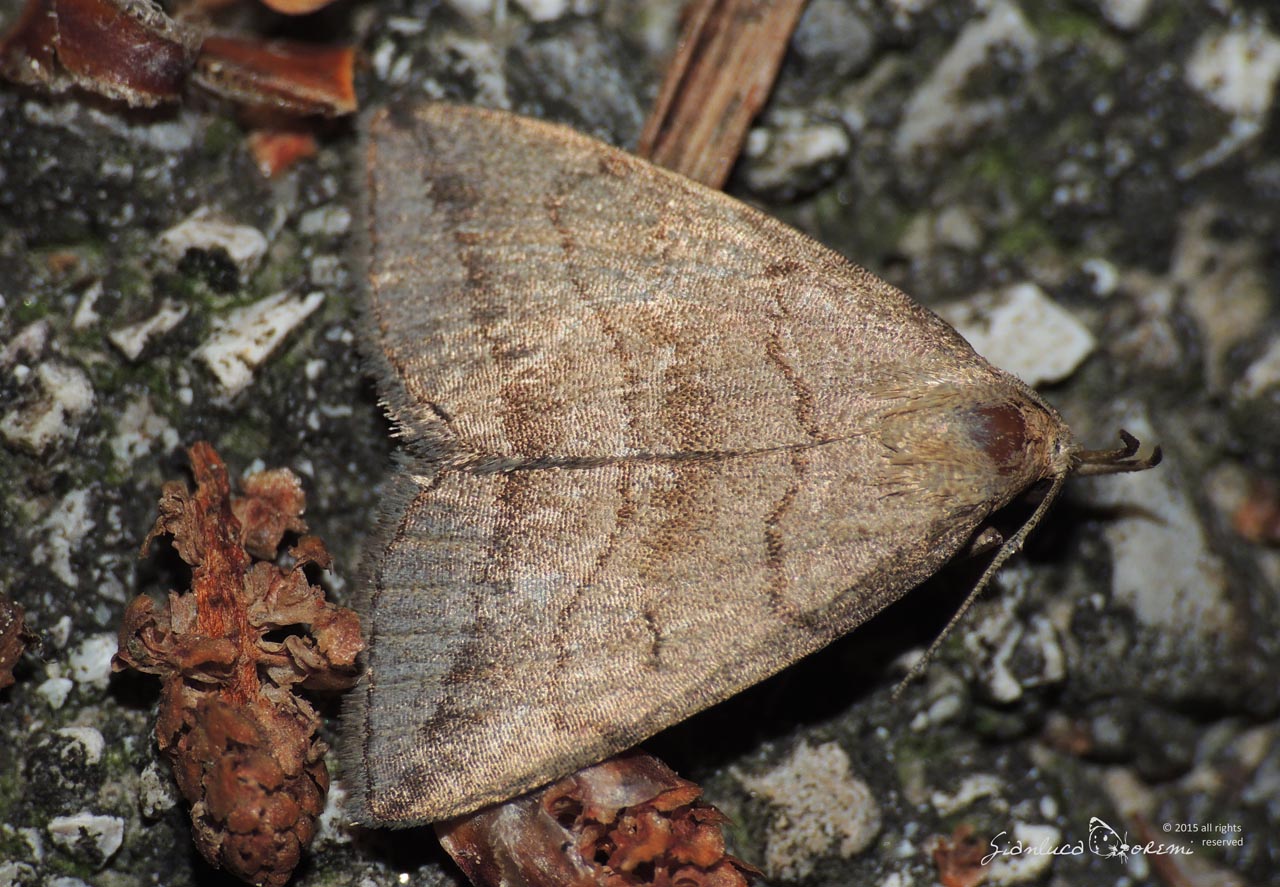

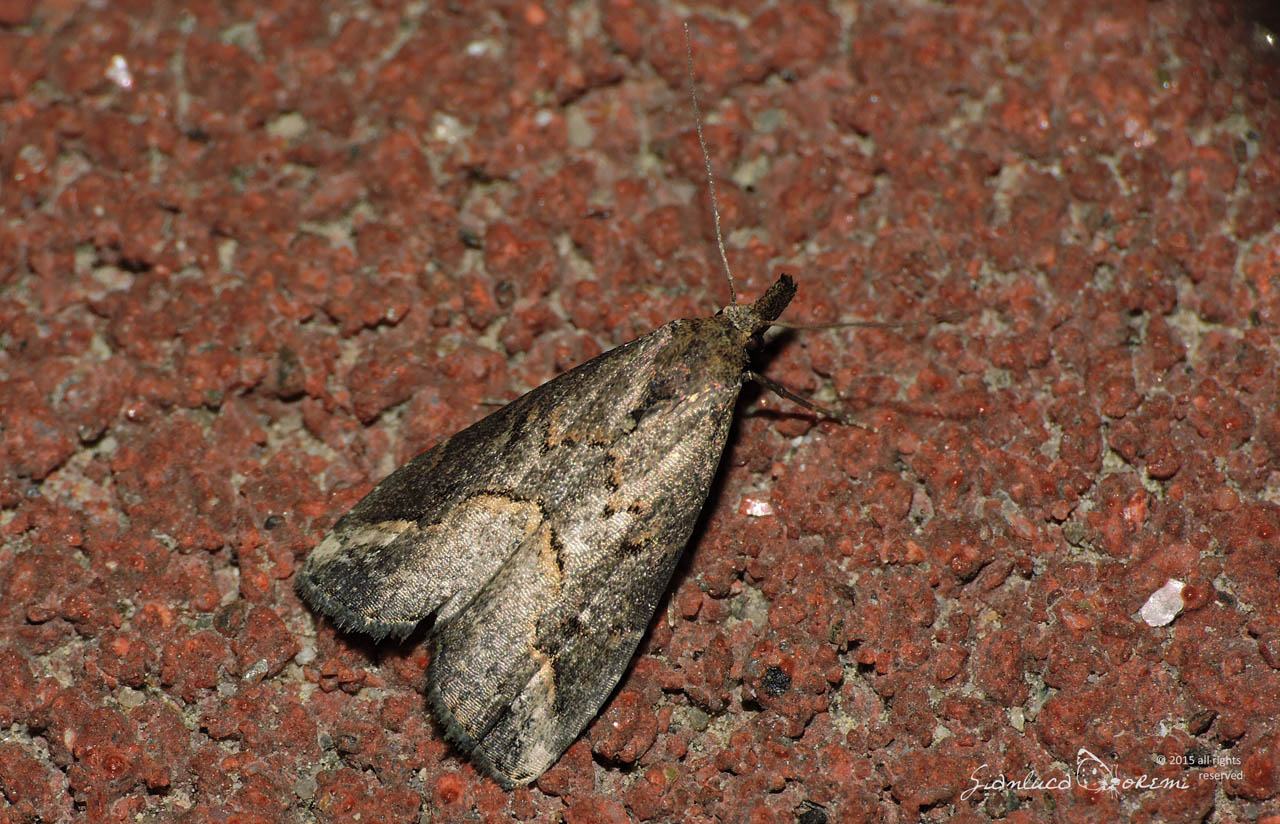
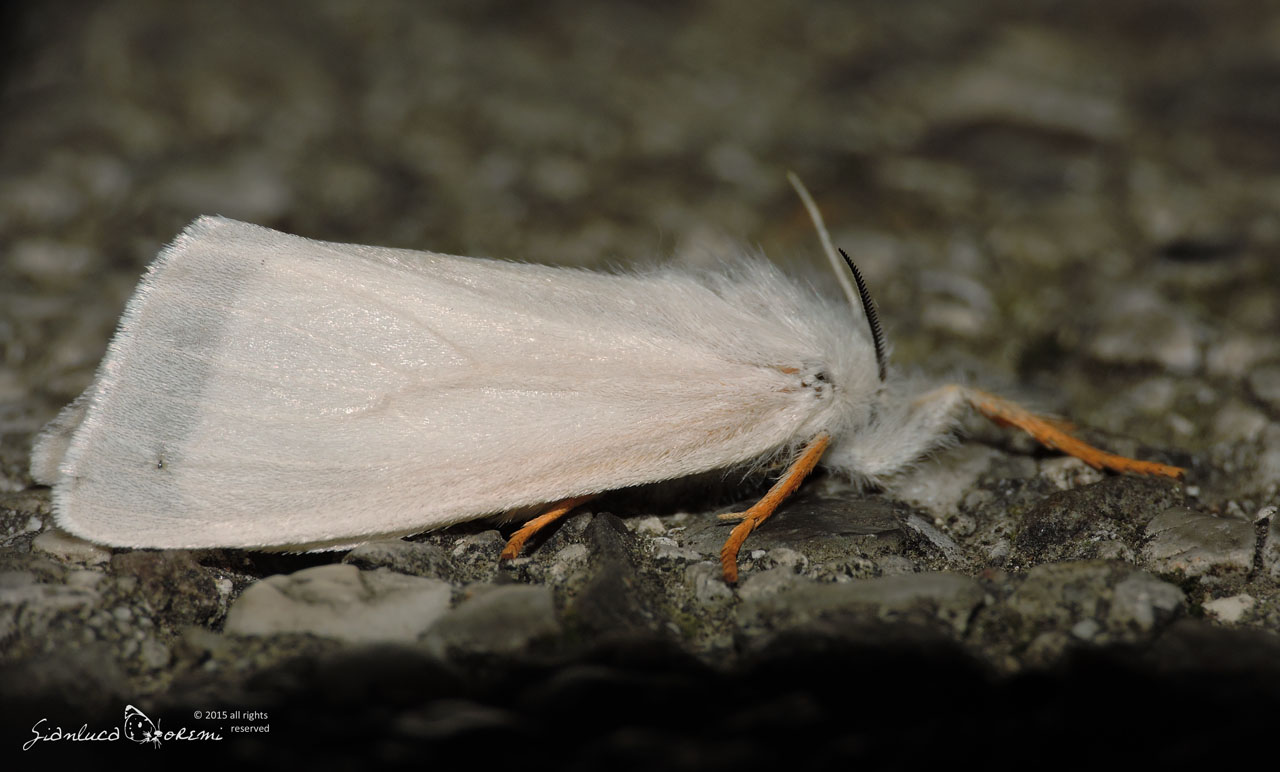
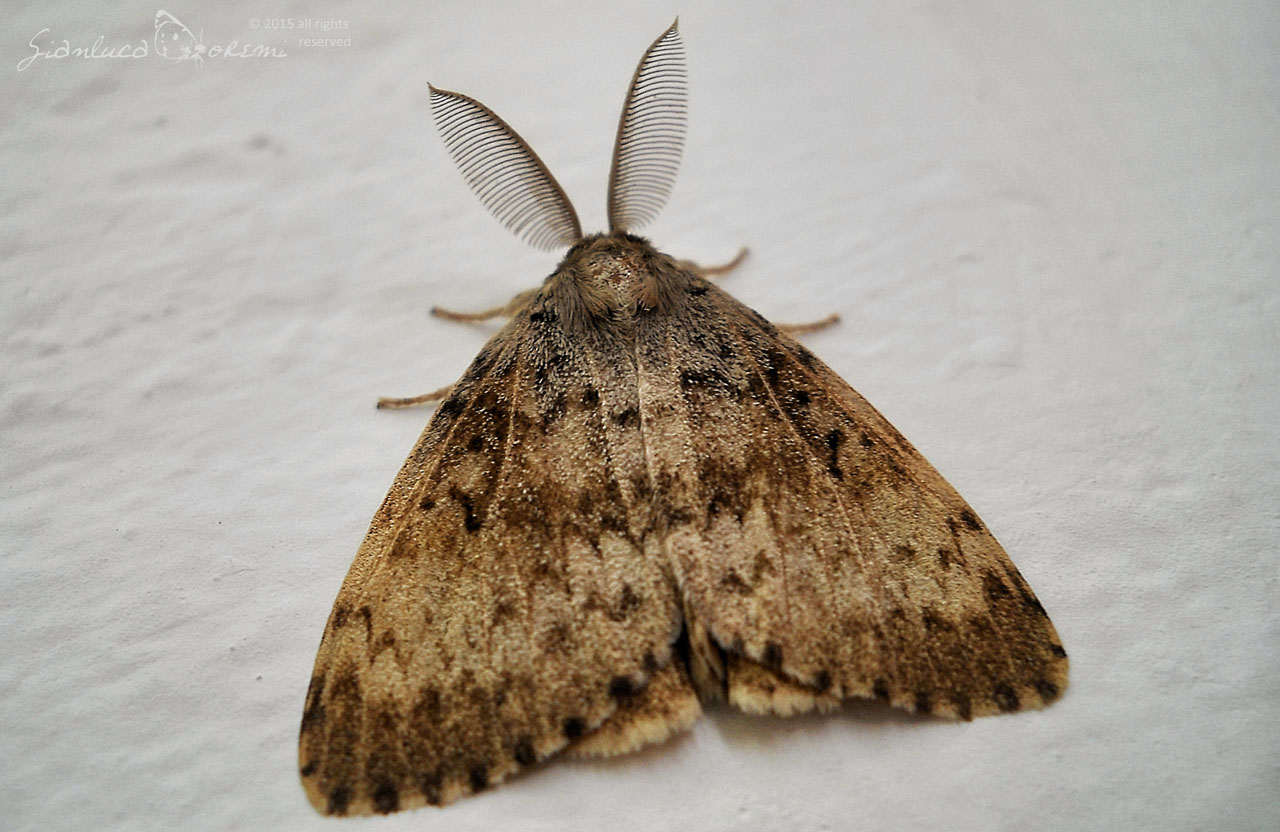
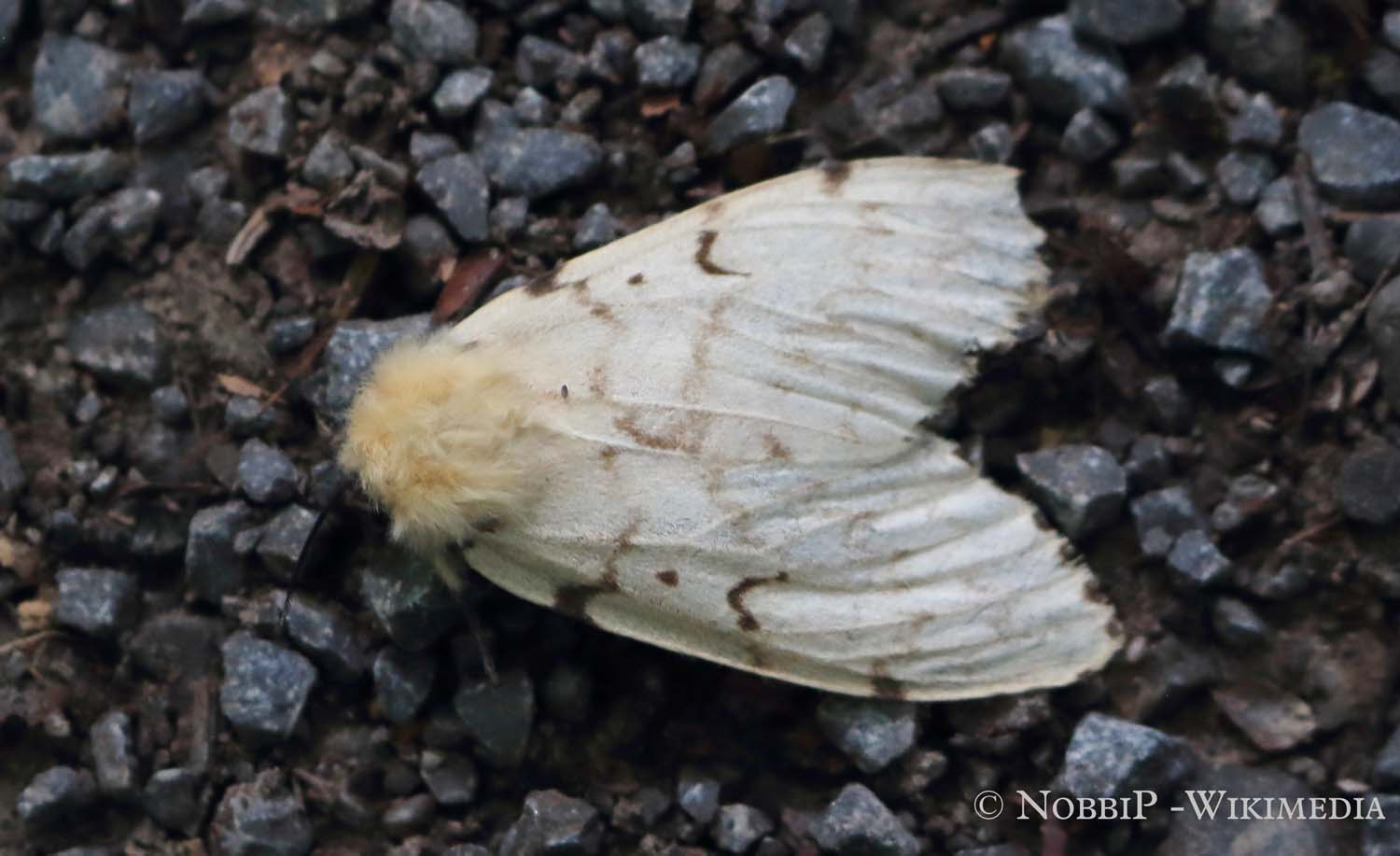

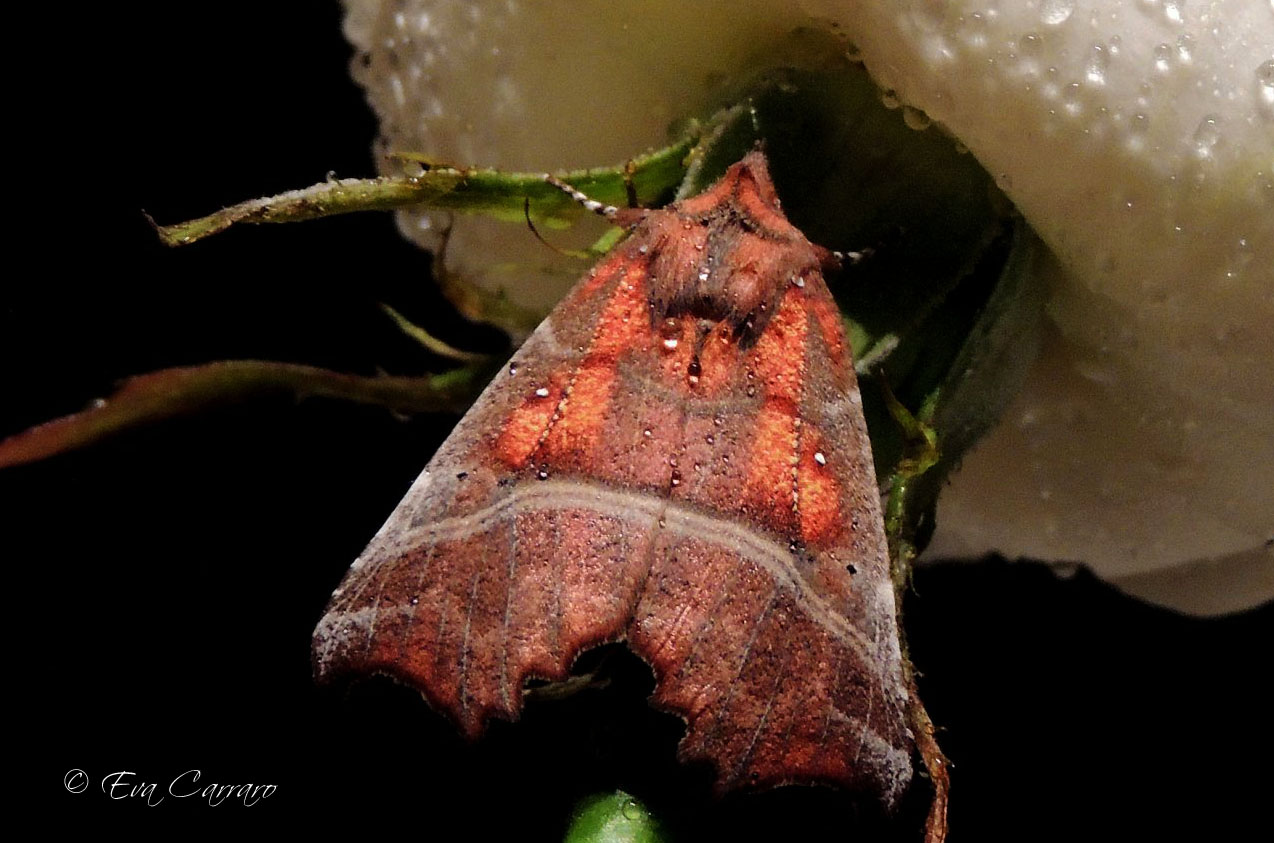
Social and publications